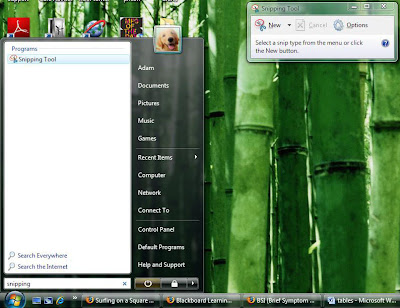
“Composing with graphical technologies: Representations, manipulations and affordances” by Kevin Jennings (2007), discusses the advantages and disadvantages of composing with computer programs. Some of these advantages have already been highlighted in discussing the views of Finney (2007) and Quinn (2007). Jennings also stresses the importance of active music making, “Beginning composers need to plunge into composing in order to learn how to compose. They need to try to do what they do not know how to do in order to gain the experience that will help them learn how to do it” (p. 76). In short, composing should be experiential. Jennings also highlights another paradigm of composing stating, “The ability to play an instrument, for example, can be a double-edged sword. While it enables students to realize their musical ideas, it often constrains these ideas to those that they can physically play, so that music arises from ‘the automisation of our fingers’ (quoted in Smith Brindle, 1986, p. 6) rather than from considered compositional thought” (p. 76). It is difficult to make a distinction from the body and mind as they are interrelated and interdependent. How can one tell the difference between the actions of the body and the intentions of the mind? What is truly insightful from Jennings is his analysis of how some computer compositions programs work and how they manipulate the actions of the user (composer). Program interfaces are not neutral as one might assume, “they subliminally direct the actions of users, in both musical and non-musical ways” (p. 78). Jennings uses the example of writing music on paper to contrast the differences with computers, “the only action that can be carried out on an object is to erase it and replace it with another” (p. 78). Composition programs use symbols to represent musical outcomes, the user can easily cut and paste audio events and replicate them if so desired. The example of the program Hyperscore is used to explain how it uses what is essentially a simple painting program and converts these symbols into music. The composer selects different colors and brushstrokes along a timeline to create a musical idea. The composer can create many small musical ideas and link them together to fashion a larger piece of music. Hyperscore works much like an alternative music score; it uses symbols and a timeline. Notably, a lack of a symbol indicates that a rest takes place, unlike writing music with paper where the composer must insert a symbol to indicate a rest.
Computer composition programs have a tendency to make assumptions and guide the user to make certain decisions. There are a limited number of options that a composer can choose when working with one of these programs, and the production of sound is guaranteed. Like a piano, a computer can offer immediate feedback; by depressing a key a sound is generated. The computer then not only serves as a score editor, but as an instrument as well. The composer is only limited by the computer’s capabilities. If a program only has a dozen sounds, then the timbral qualities of pieces composed with that program will sound quite similar. This is a problem with presets on soft synthesizers (computer based synthesizers) because attaining an original sound is not possible. With a live instrument, the player influences the subtleties of sound emitted by their instrument. Truly original sounds on computers are achieved by those who manipulate them which requires a degree of technical knowledge as opposed to musical knowledge.
Just as Jennings (2007) sees the ability of knowing how to play an instrument as a constraint on one’s compositional potential, I see computer composition programs having the same flaw. Programs like Hyperscore have excellent applications to the classroom and should be integrated into teaching composition, especially for new composers, but music educators need to be mindful that there are several routes to crafting a new piece of music. As composers become more adept at using programs with simple interfaces, they can use more sophisticated programs that give the user more flexibility and choice. Now that Garageband is a standard program on all apple computers, a new demographic of people are invited to music and compose in a context based on fun and exploration. Even video game manufacturers are recognizing the potential of music composition in software and have released simple musicing interfaces such as Nintendo’s Wii Music.








